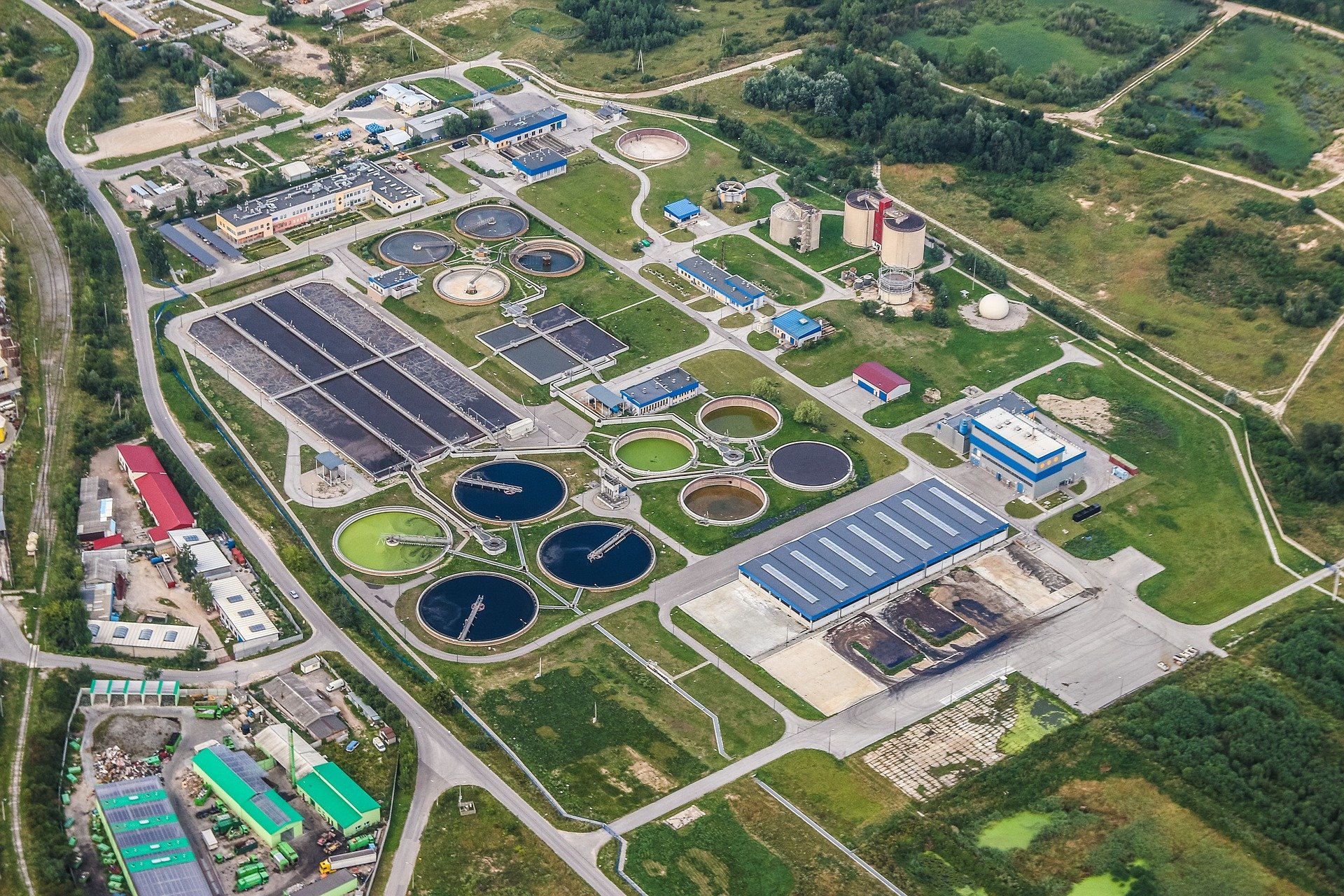- How football brings joy and helps heal Palestinian children in Qatar
- Global forest loss exceeds targets in 2023, report warns
- How did Egypt’s and Israel’s economies do in a year of Houthi attacks?
- China takes swing at European Union with brandy duties after EV tariff vote
- Boeing delivers 33 jets in September but strike impact looms
What do you believe is the single most important factor driving up the cost of living in Nigeria?

Hurricane Milton explodes into a powerful Category 5 storm as it heads for Florida—how rapid intensification works
Hurricane Milton went from barely hurricane strength to a dangerous Category 5 storm in less than 24 hours as it headed across the Gulf of Mexico toward Florida.
As its wind speed increased, Milton became one of the most rapidly intensifying storms on record. And with 180 mph sustained winds on Oct. 7, 2024, and very low pressure, it also became one of the strongest Atlantic storms.
Less than two weeks after Hurricane Helene's devastating impact, this kind of storm was the last thing Florida wanted to see. Hurricane Milton was expected to make landfall as a major hurricane on Oct. 9 and had already prompted widespread evacuations.
Hurricane Milton’s projected storm track, as of midday Oct. 7, 2024, shows how quickly it grew from formation into a major hurricane (M). Storm tracks are projections, and Milton’s path could shift as it moves across the Gulf of Mexico. The cone is a probable path and does not reflect the storm’s size. Credit: National Hurricane Center
So, what exactly is rapid intensification, and what does global climate change have to do with it? We research hurricane behavior and teach meteorology. Here's what you need to know.



- October 8, 2024
Intensifying to Category 5, Hurricane Milton targets Florida

- October 8, 2024
Champions Susu Enterprise provides stationery items to pupils

- October 8, 2024
Understanding autobiographical memory in the digital age



- October 8, 2024
Findings suggest that fungal mycelia can 'recognize' shapes
Subscribe to our mailing list to get the new updates!

Subscribe our newsletter to stay updated
Thank you for subscribing!






